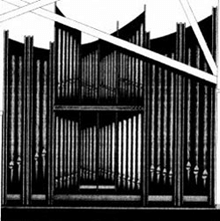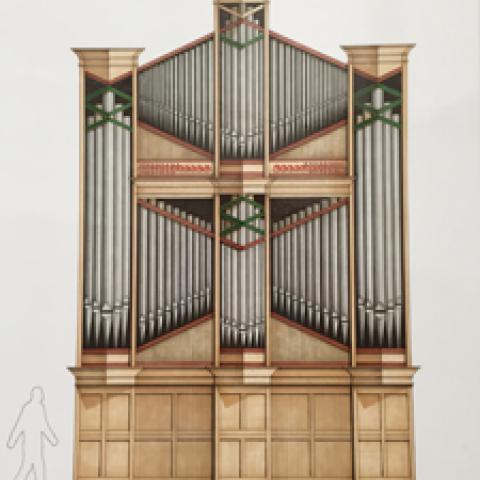
Buzard Pipe Organ Builders of Champaign, Illinois is currently installing its Opus 38 pipe organ for Saint Mark the Evangelist Catholic Church in San Antonio, Texas. The three-manual instrument has 35 independent stops and 43 ranks of pipes. The Great, Swell, and Pedal divisions are located in a shallow chamber at the front of the church, high on the wall to the right of the sanctuary furnishings and a large sculpture of the Risen Christ incised into the brick. A Choral Accompaniment Division is installed in a small free-standing case centered along the wall behind the choral singers, which is located off the axis of the worship space. The instrument also features a high-pressure Tuba made of thick polished tin horizontally mounted off the front of the organ case, and a set of polished copper Pontifical Trumpets horizontally mounted over the entry doors. The organ will be finished by August 1, 2009. For information: www.buzardorgans.com.



